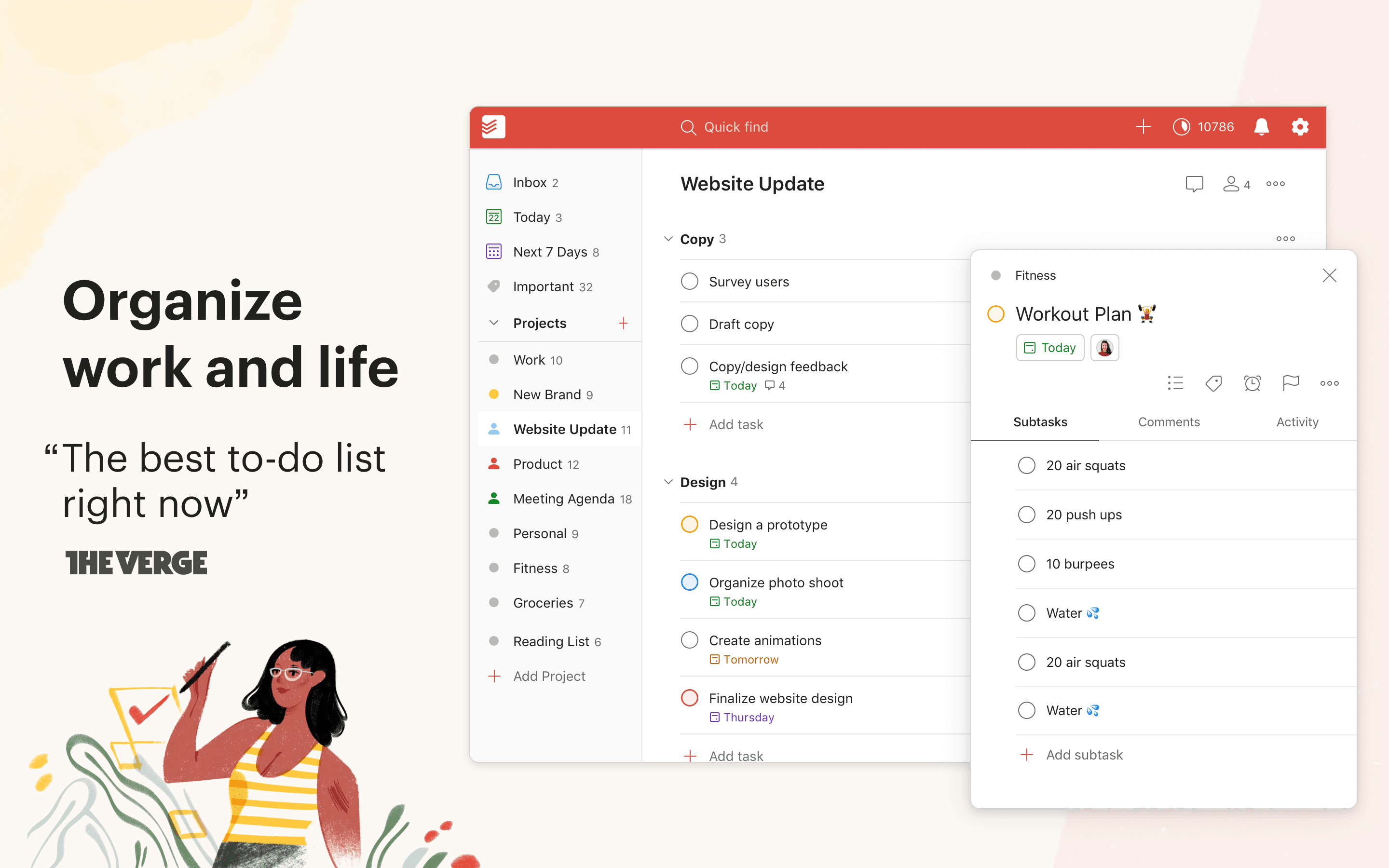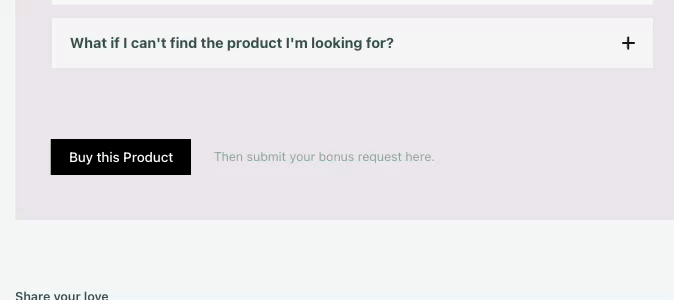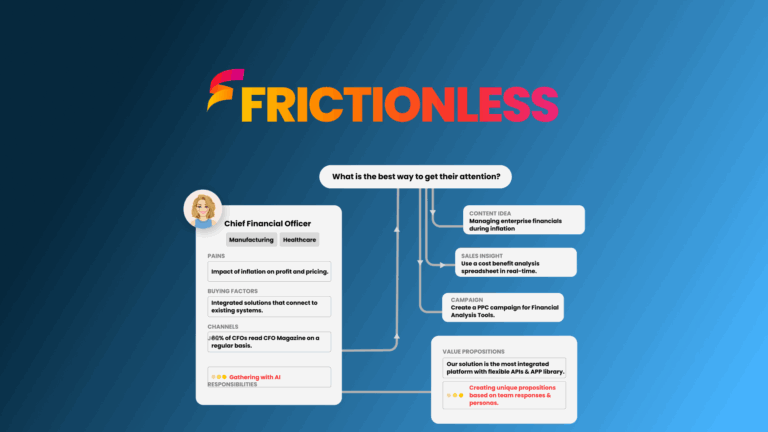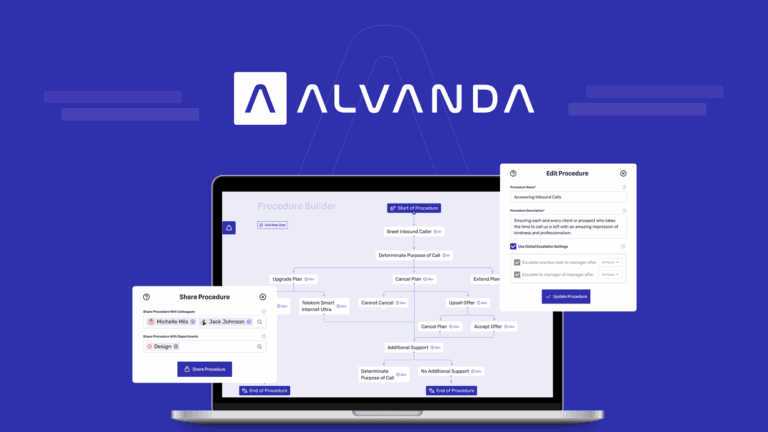The Invisible Pressure Cooker
The notification sounds felt like tiny hammers pounding against my temples. Another missed deadline, another frustrated client email, another sleepless night wondering how I’d keep everything from unraveling. As a project manager for a growing digital marketing agency, I was drowning—and not slowly, but spectacularly.
My desk looked like a crime scene of productivity: sticky notes everywhere, three different planners with conflicting information, and a computer screen filled with so many open tabs that the browser was practically whimpering. I remembered when I first started this job, full of energy and ambition. Now, I felt like a machine running on fumes, constantly one missed detail away from total system failure.
The Chaos Behind the Curtain
Every project felt like navigating a minefield blindfolded. Team communication was a nightmare. Sarah from design would email her updates, Mike from development would slack his progress, and client communications were scattered across multiple platforms. We were working hard, but not smart—and the cracks were becoming canyons.
I’d tried everything: color-coded spreadsheets, elaborate email filtering systems, even hiring a part-time coordinator to help manage the chaos. Nothing stuck. Each solution felt like putting a band-aid on a broken bone. The stress was eating me alive, and I could see it affecting my team. Late nights, missed milestones, constant firefighting—we were surviving, not thriving.
The Unexpected Lifeline
I first heard about Todoist during a casual conversation with a mentor at a networking event. “Have you tried consolidating everything?” she asked, pulling up the app on her phone. At first, I was skeptical. Another productivity tool? I’d heard that sales pitch before.
But something about her calm demeanor caught my attention. She showed me how she could capture tasks instantly, assign them to team members, and track everything in one place. No elaborate setup, no complex training—just intuitive, straightforward task management.
The implementation was surprisingly smooth. Within a week, our entire team was using Todoist. Suddenly, task assignments became crystal clear. No more wondering who was responsible for what. No more missed communications or forgotten details.
“Did you see the client brief?” Mike would ask in our morning standup.
“Already uploaded to our Todoist project,” I’d respond, feeling a sense of calm I hadn’t experienced in years.
The natural language input was a game-changer. I could type tasks exactly as I thought them: “Review website mockups by Friday” or “Schedule client meeting next week” and the system would organize everything perfectly. Recurring tasks ensured nothing fell through the cracks—from monthly reporting to weekly team check-ins.
A New Professional Landscape
Three months in, our agency’s productivity had transformed. Client satisfaction scores went up, team morale improved, and we were actually leaving the office at reasonable hours. The templates provided structure without feeling restrictive, and the collaborative features meant everyone was aligned and motivated.
More importantly, I felt like a leader again—not a firefighter constantly battling administrative chaos. Our team wasn’t just working; we were strategizing, innovating, and enjoying the process.
Epilogue: The Productivity Wisdom
For any business professional feeling overwhelmed, remember this: The right tool doesn’t just organize tasks—it restores your professional confidence. True productivity isn’t about doing more; it’s about creating systems that allow you to do your best work with less stress.
Todoist wasn’t just an app for me. It was a bridge between professional survival and professional excellence—a reminder that with the right approach, complexity can be transformed into clarity, one task at a time.






